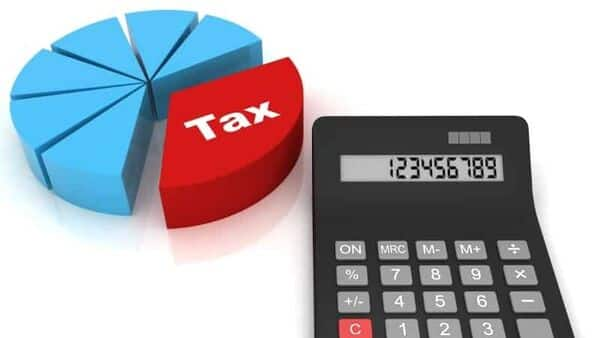
Making the new income tax regime the default option was one of several changes to the country’s income tax structure that India’s finance minister Nirmala Sitharaman proposed in her Budget 2023 speech. The FM also made modifications to the tax structure under this regime by lowering the number of slabs to five and raising the tax exemption threshold to ₹3 lakh, in addition to raising the rebate ceiling from ₹5 lakh to ₹7 lakh. The new income tax regime was also declared the default tax regime in Budget 2023, however, residents would still be able to avail the benefits of old tax regime.
Commenting on the personal income tax guidelines made under Budget 2023, Dr. Suresh Surana, Founder, RSM India said “The new tax regime for individuals and HUFs is now proposed to be the default tax regime. The rebate limit for personal tax has been increased to Rs. 7 lakh under the new tax regime and as such, the persons with income up to Rs. 7 lakh will not have to pay any tax in the new tax regime. Slab rates under the new regime have been increased from Rs. 2.50 lakhs to Rs. 3 lakhs and slabs have been reduced from 7 to 6. Also, under the new regime, the highest surcharge shall be 25% for income above Rs. 2 crore, thereby reducing the maximum rate from about 42.7% to 39%. There is no change in surcharge for those who opt to be governed under the old regime.”
New regime with new slabs and tax rates
CA Manish P. Hingar, Founder at Fintoo said the new tax regime will be the “Default Tax Regime”. In the new regime ONLY, NIL tax is payable up to Rs. 7 lac (earlier it was 5 lac).
View Full Image
“Rebate u/s 87A has been revised from Rs. 12,500 to Rs. 25,000. That makes NIL tax up to Rs. 7 Lakhs of income. Standard deduction of Rs. 50,000 to salaried individuals, and deduction from family pensions up to Rs. 15,000/-, is currently allowed only under the old regime. These two deductions are now allowed in NEW TAX REGIME as well,” said CA Manish P. Hingar.
New Surcharge Rates (Only in NEW TAX REGIME) are as follows:
10% if Income is above 50 lacs and up to 1 crore
15% if income is above 1 crore and up to 2 crores,
25% if income is above 2 crores and up to 5 crores,
25% (earlier it was 37%) if income is above 5 crores.
This would reduce the maximum rate from about 42.7 percent to about 39 percent, said CA Manish P. Hingar.
“Also, under new regime, standard deduction shall be available to salaried class of people, which is not available currently. Deduction from family pension up to Rs. 15,000 shall also be available under the new regime. Any individual, HUF, AOP (other than co-operative), BOI or AJP not willing to be taxed under this new regime can opt to be taxed under the old regime. Persons having income under the head “profit and gains of business or profession” and having opted for existing regime, can revoke that option only once and after that they will continue to be taxed under the new regime. For those not having income under the head “profit and gains of business or profession”, option for old regime may be exercised in each year,” said Dr. Suresh Surana.
Sonam Srivastava, Founder at Wright Research, SEBI Registered Investment Advisor said “In an announcement typical for the pre-election budget – in the new tax regime, she increased the tax exemption up to 7 lac per year from 5 lac per year. She has reformed the taxation rates with 0 tax up to 3lacs and reformatting the overall personal tax in the new regime. In the new regime, savings-based exemptions are not applicable; hence, the middle-class taxpayer who avails the tax exemption on insurance and savings is not too excited. The FM also reduced the tax surcharge rate to 25% from 37%. She estimated an outlay of 35000 crores due to this. The broader benefit to the middle-class income taxpayer is debatable as in the new regime, the 80C benefits are lower. The large taxpayers will see the benefits of this move, but the broader middle class will not see much of a benefit.”

